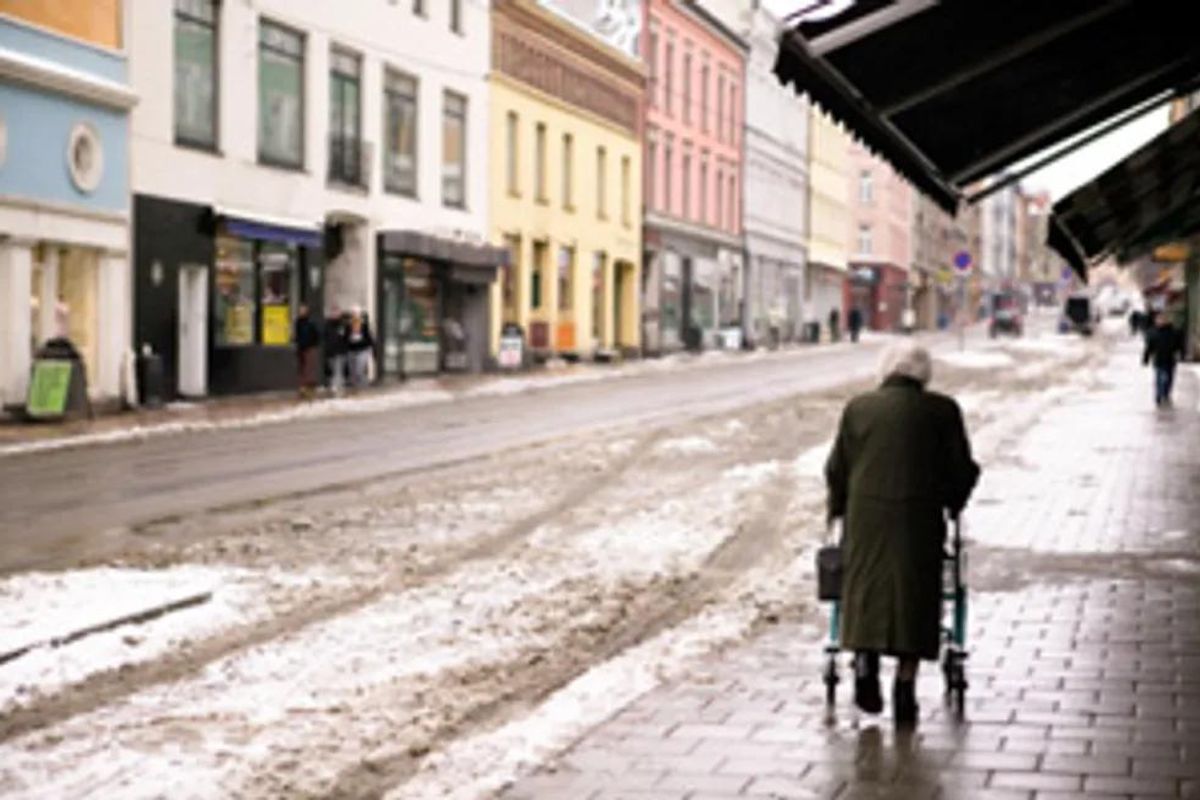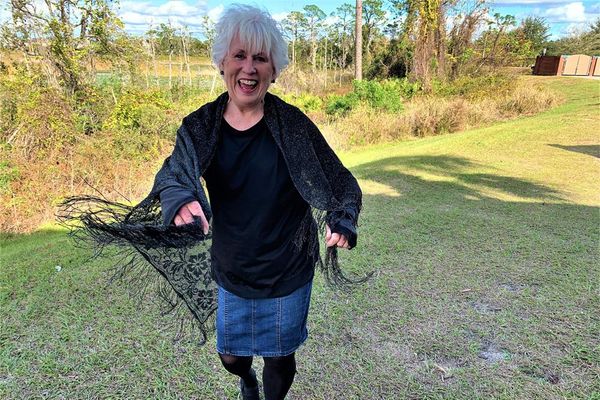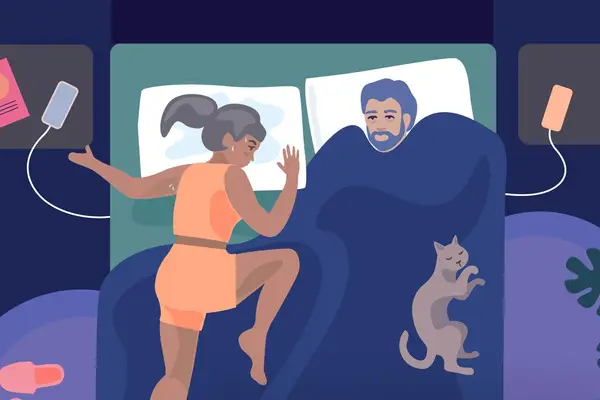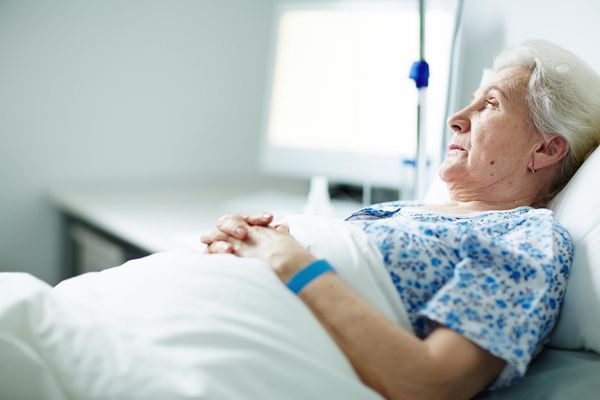Winter is here, and, for many Americans, so are snow, ice and chilly winds. While it can be a beautiful time of year, with a dusting of snow covering the houses and trees, the elements can be quite an obstacle, especially if you are an older adult.
How cold is too cold?
Everyone gets chilly in the winter months. But, how cold is too cold, and how do you know when it can pose health risks?
The precise limit for when you need to stay inside may vary with the individual, but it's best to avoid prolonged exposure in extreme cold. If the temperature dips well below zero, Mayo Clinic advises everyone to avoid exposure to the outdoors. Older people and people with conditions like asthma, heart problems or Raynaud's phenomenon may want to stay inside even when it's less frigid.
And be sure to consider the wind chill, which can make a cold day more dangerous. A rainy day also can make you more prone to frostbite or hypothermia, because you can't keep your body temperature high when you're soaked.
Watch your feet
If you can't avoid going out in the cold, always layer warm clothes and don a hat, gloves and warm shoes and socks.
If you're going for a walk, consider asking a friend or family member to accompany you. Take caution to avoid slipping on ice, because falls in your older years can lead to fractures or disability. Keep an eye on the ground and try to identify ice, including black ice, in the path ahead of you. In addition, invest in the correct footwear. For instance, sturdy, low-heeled shoes with a deep, nonskid rubber tread will be much more efficient at preventing falls than sneakers. You may also want to consider ice grippers that attach to shoes or boots or Nordic poles for extra stability.
If you're unsure whether terrain is icy, proceed with caution and walk with your toes pointed outward taking short, flat steps like a penguin.
Heat your home properly and safely
When staying indoors to avoid the cold, be cautious about home heating safety, because heating systems can cause fires. Individuals who are age 65 or older are more than twice as likely to die in a home fire, compared to younger people, reports the National Fire Protection Association.
Space heaters are great at keeping select rooms warm and cozy, but they can be dangerous. If you use one, make sure there is at least three feet of cleared out space surrounding it, so nearby items won't catch fire. Some of the newer models automatically shut off if they fall or are knocked over.
If you use a fireplace to stay warm, make sure there is a glass door or screen in front of the flames to catch flying sparks or rolling logs that could potentially start a fire on a nearby rug, carpet or piece of furniture.
What are the dangers?
When you're too cold—whether outside or in an improperly heated home—you are at risk for frostbite and hypothermia.
Frostbite is caused by freezing and most often affects the nose, ears, cheeks, chin, fingers or toes, according to the Centers for Disease Control and Prevention (CDC). Older people with reduced blood circulation are at higher risk, so it's important to make sure your hands, feet and head are properly protected when you go out in the cold.
Frostbite causes a loss of feeling and color in affected areas and can permanently damage your body. If you notice any of these symptoms, treat then seriously: a white or grayish-yellow skin area; skin that feels unusually firm or waxy; or numbness. You may be unaware of frostbite because of numbness, but if you see redness or feel pain in the skin, get out of the cold and seek medical care.
If medical care is not available, follow these steps recommended by the CDC:
- Get into a warm room as soon as possible.
- Unless absolutely necessary, do not walk on frostbitten feet or toes—this increases the damage.
- Immerse the affected area in warm—not hot—water.
- Or, warm the affected area using body heat. For example, the heat of an armpit can be used to warm frostbitten fingers.
- Do not massage the frostbitten area; this can cause more damage.
- Don't use a heating pad, heat lamp or the heat of a stove, fireplace or radiator for warming. Affected areas are numb and can be easily burned.
You should also look for signs of hypothermia, which is an even more serious medical emergency. With hypothermia, your body begins to lose heat faster than it can be produced. Hypothermia occurs when your body's internal temperature drops below 95 degrees. It most commonly occurs when you are exposed to very cold temperatures, but can occur even when temperatures are above 40 degrees, especially if conditions are wet or windy.
Hypothermia needs to be caught early or it can be dangerous. Low body temperature may make you unable to think clearly so you don't realize you have hypothermia. It also can impair your ability to move and get help.
It's important to be aware of the symptoms of hypothermia so you can seek help immediately if you or someone around you is affected. Some telltale signs include shivering, exhaustion, confusion, fumbling hands, memory loss, slurred speech and drowsiness, according to the CDC.
If medical help is not available, get the person to a warm place if possible and remove any wet clothing. Begin warming the body core (chest, neck, head and groin) using an electric blanket, if available, or skin-to-skin contact under loose dry layers of covering. Warm nonalcoholic beverages also can help, if the person is conscious. After the body temperature increases, keep the person wrapped in warm covers and get medical attention as soon as possible.
If a person is unconscious and seems to have no pulse or isn't breathing, start CPR immediately and continue until emergency assistance arrives. Continue CPR while the person is being warmed; some hypothermia victims can be successfully resuscitated, even when they appear to have stopped breathing.







